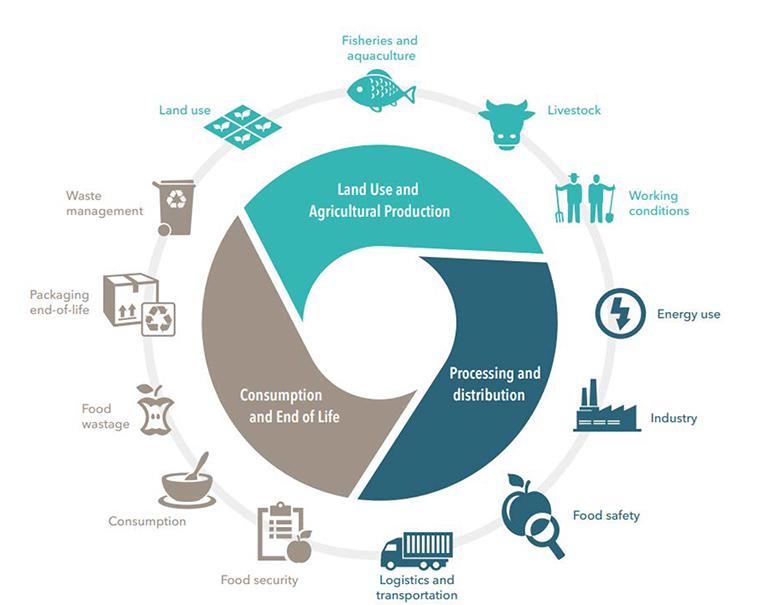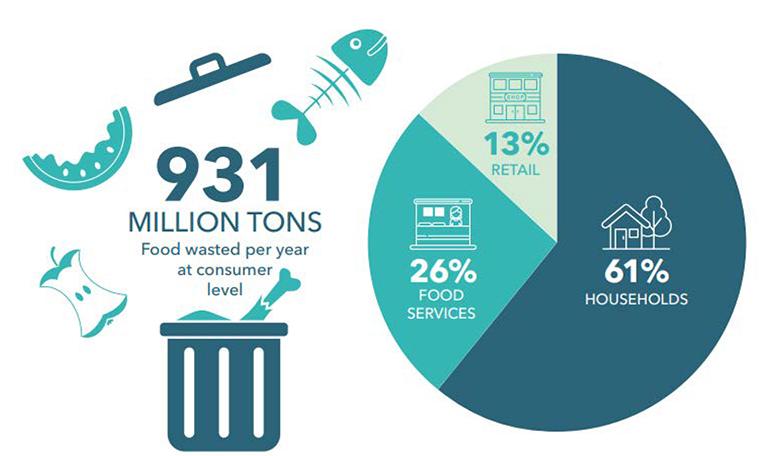Can the food sector become sustainable?
DNV* proposes an approach based on unique definitions and shared measurement systems.
* DNV is an independent body that provides insurance, certification, verification and risk management services at global level. It operates in over 100 countries with the objective of safeguarding life, property and the environment.
In 2050 the global population will reach 9.8 billion with a continuously increasing demand for food and a food system already today under pressure due to climate changes and continuous economic-social transformations. In this context, the white paper, “The Integrated ESG Approach. Driving the future of Sustainable Food Systems” drawn up by DNV looks at how to remodel supply chains in a sustainable fashion, identifying a unique definition of the concept of “sustainability” and criteria for measuring it. According to the report, in fact, the current growth rates would require two planets to satisfy global demand. Humanity is today using 1.75 times the resources available on the Earth, considering that 50% of the habitable surface is already dedicated to food production, which in turn is responsible for 34% of anthropogenic emissions of greenhouse gases, 71% of which are attributable to farming activities which give work to 27% of the world’s population: around one billion people.
Changing to survive
Downstream of the value chain there are 2 billion people with a food deficit, against 1.9 billion obese or overweight adults, to which we can add the paradox of high levels of food waste, responsible for 6-8% of anthropogenic emissions. The report, therefore, outlines the general situation, offering also ideas for a possible sustainable transformation, indispensable for safeguarding the planet, guaranteeing adequate access to food and a circular product-life management, going beyond the “from the field to the table” linear approach, through the sharing of units of measurement of sustainability.
According to DNV, a shared method is essentially needed that allows for the evaluation of impacts, overcoming a partial approach to ESG issues, which is focused on the environmental aspect often reduced to the evaluation of the carbon footprint, without considering social and governance challenges and their reciprocal interconnections in the reference system, whether relating to product, business or value chain.





















